
Parents in dual-earner households reports fewer depressive symptoms
A new study from Umeå University shows that single-earner families tend to experience more depressive symptoms than parents in dual-earner families.

A new study from Umeå University shows that single-earner families tend to experience more depressive symptoms than parents in dual-earner families.

Some of the world's top AI experts attend the opening of TAIGA, the new centre for transdisciplinary AI For the Good of All in Umeå. Harvard professor Milind Tambe, Ana Paiva, AI professor at the University of Lisbon and keynote speaker of this years largest AI conference and Paul Lukowicz, coordinator of Europe's largest AI research network will be giving talks.
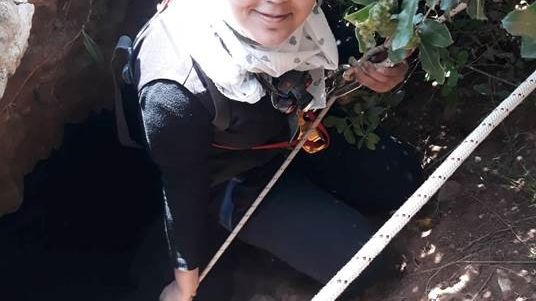
A research team from Umeå University, SLU and Algeria has found bacteria, with a number of interesting properties, in previously unexplored caves at a depth of several hundred meters in Algeria. One of these properties is the breakdown of gluten, which can therefore be of interest to people with gluten allergies. The results are published in Spectrum Microbiology published by the American Society

On Art Friday October 21, Bildmuseet will present a new exhibition: The TV Trampoline / From Children’s Television to Contemporary Art and Literature. Press previews are offered on Thursday October 20 according to agreement (RSVP).
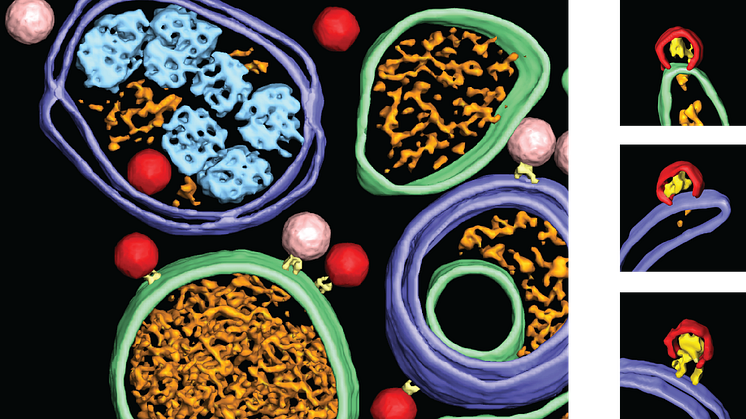
For the first time, researchers at Umeå University, Sweden, can now show how the dreaded poliovirus behaves when it takes over an infected cell and tricks the cell into producing new virus particles. Polio was thought to be almost eradicated, but infection has now been rediscovered in London and New York.

For the seventh year running, Umeå Institute of Design at Umeå University takes top position on the Red Dot Design Ranking, listing top design educations in the Americas and Europe.
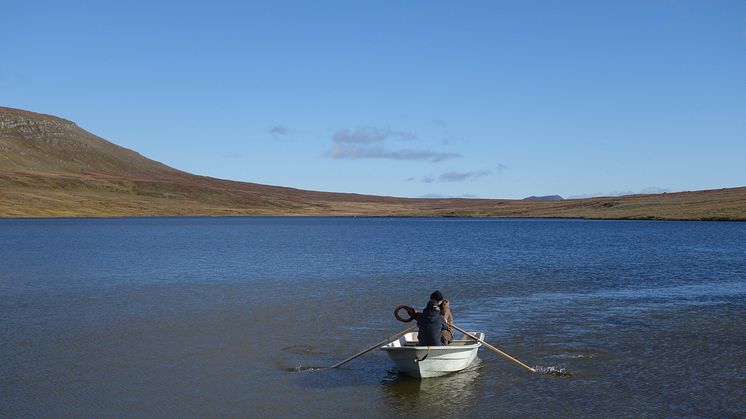
Groundwaters that circulate through the subsoil as a result of melting permafrost can transport carbon dioxide and methane to arctic lakes and in turn be emitted to the atmosphere. This process of transporting greenhouse gases increases the effects of climate change and is now being quantified for the first time by researchers from the universities in Umeå, Barcelona, and Linköping.

The right tools are key to ensure investment decisions that reduce global emissions. This is shown by Helena Nydahl, Department of Applied Physics and Electronics, in her thesis Communication of Life Cycle Assessment Results - Life Cycle Key Performance Indicators, which will be defended on October 10 at Umeå University, Sweden.
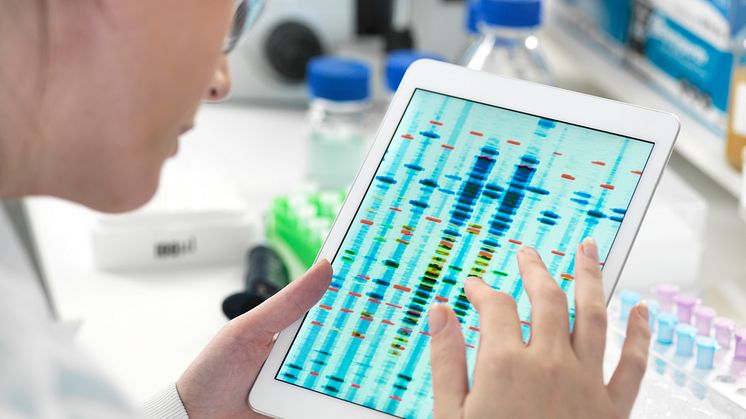
Jacob Lewerentz, Department of Molecular Biology at Umeå University, contributes as of his thesis with knowledge about how cells regulate their protein level and adapt to a new milieu outside their organism. He has also investigated how protein levels are regulated in cells that remain in their organism and developed computer software for new sequencing technologies that produce long DNA-readings.

Many lakes are found at high-latitudes in arctic areas. Yet, their remote location and long winter periods make studying these systems difficult. This period of ice-cover and subsequent ice-melt is of significant importance for understanding CO2 emission from arctic clear water systems, Dirk Verheijen shows in his thesis at Umeå University, Sweden.
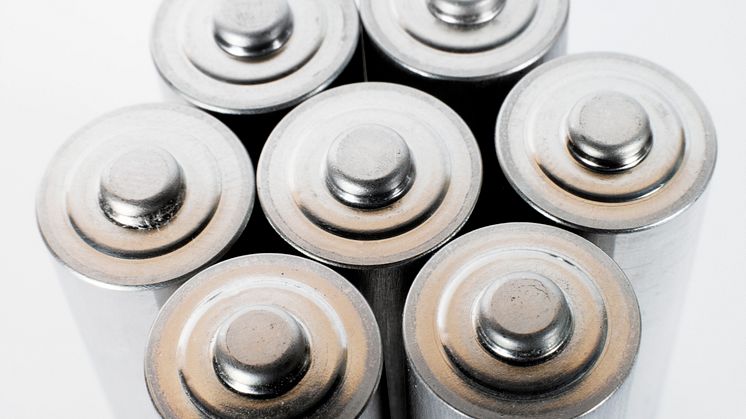
Molecules of the rare metallic element niobium can be used as molecular building blocks to design electrochemical energy storage materials. Mark Rambaran, Department of Chemistry at Umeå University, presents in his thesis a method for producing solid materials from aqueous solutions containing nano-sized niobium molecules, called polyoxoniobates.

Could an ancient martial art created by African slaves in Brazil unlock new perspectives on design? For his doctoral thesis, defended at Umeå Institute of Design, Umeå University, Nicholas Torretta drew upon his native culture to shine a light on the oppressive and consumeristic power structures that still permeate industrial design thinking.